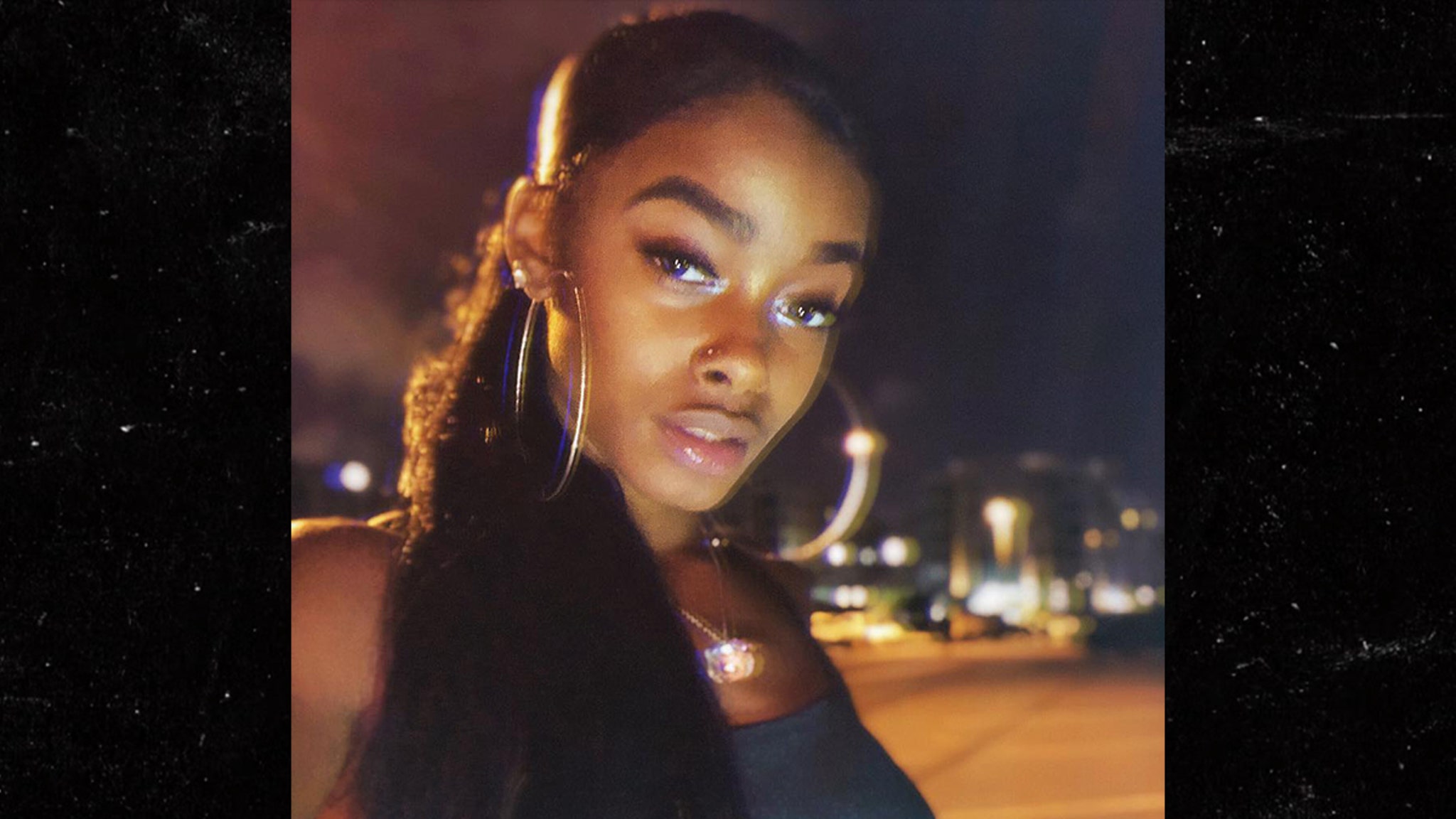BDSM fashion has evolved significantly over the decades, transitioning from a subversive underground culture to a mainstream influence in the fashion industry. This style is characterized by it's use of leather, latex, chains, and other provocative materials and accessories, reflecting themes of power, control, and sensuality.
Early 20th Century
The origins of BDSM fashion can be traced back to the early 20th century, with the rise of fetish wear and bdsm submissive clothing. Leather and latex garments were initially used in underground fetish scenes, providing a form of sexual expression for those involved in BDSM activities.
Early fetish photographers like John Willie popularized the aesthetic through their works, featuring models in corsets, high heels, and bondage gear. These images laid the groundwork for the visual language of BDSM fashion.
1950s and 1960s
Post-World War II, the leather subculture began to take shape, particularly among gay men. Leather jackets, caps, and harnesses became symbols of masculinity, rebellion, and sexual liberation.
The 1950s and 1960s also saw the popularity of pin-up and fetish art. Artists like Bettie Page incorporated BDSM elements into their work, showcasing corsets, thigh-high boots, and bondage themes, which influenced the broader fashion landscape.
1970s and 1980s
The punk and goth movements of the 1970s and 1980s embraced BDSM fashion as a form of anti-establishment and countercultural expression. Leather jackets, chokers, fishnet stockings, and studded accessories became staples in these subcultures.
The visibility of BDSM fashion increased as artists and musicians like Madonna and David Bowie adopted fetish-inspired looks in their performances and music videos, pushing the style into the mainstream.
1990s
BDSM fashion began to infiltrate high fashion in the 1990s, with designers like Thierry Mugler and Jean-Paul Gaultier incorporating bondage elements, corsetry, and latex into their collections. This period marked the blending of fetish wear with haute couture. Movies and media, such as "The Matrix" with its iconic black leather outfits, further normalized and popularized BDSM aesthetics, making them more accessible and acceptable to the public.
2000s and 2010s
Celebrities like Lady Gaga, Rihanna, and Beyoncé embraced BDSM-inspired fashion, wearing leather, latex, and bondage gear in public appearances and music videos. This endorsement helped cement the style's place in mainstream fashion.
Major fashion houses and designers, including Alexander McQueen, Vivienne Westwood, and Givenchy, showcased collections featuring BDSM elements, blending them with traditional fashion to create bold, provocative looks.
21st Century Trends
Contemporary BDSM fashion is more inclusive and diverse, catering to a wide range of body types, genders, and personal styles. Brands are creating pieces that allow individuals to express their identity and sexuality through fashion. There is a growing trend towards customization and personalization in BDSM fashion, with bespoke harnesses, collars, and other accessories becoming popular. This allows wearers to create unique, individualized looks.
As with broader fashion trends, there is an increasing focus on sustainability and ethical production within BDSM fashion. Brands are exploring eco-friendly materials and fair labor practices to meet the demands of socially conscious consumers.
Influence on everyday fashion
BDSM elements are subtly incorporated into everyday fashion, such as harnesses worn over clothes, chokers, and leather accessories. These pieces add an edge to regular outfits without being overtly fetishistic.
For some, wearing BDSM-inspired fashion is a statement of empowerment and confidence. It allows individuals to embrace their sexuality and express their boldness and strength through their clothing choices. Today, BDSM fashion continues to push boundaries, challenge norms, and inspire creativity in the fashion industry.

















